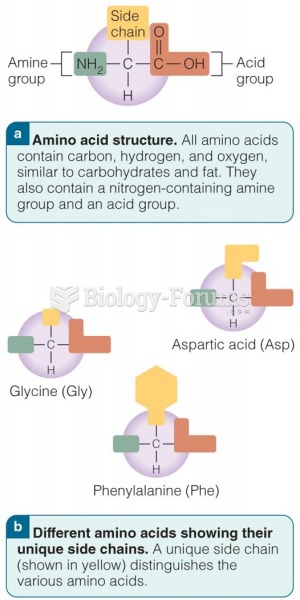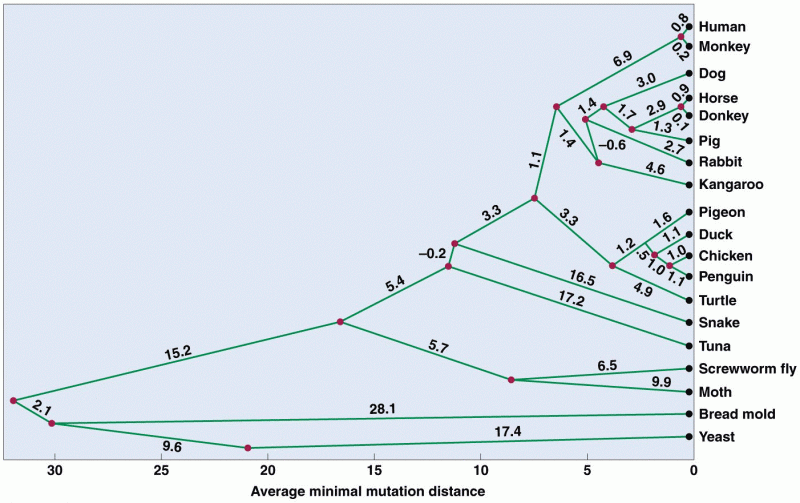|
|
|
The most dangerous mercury compound, dimethyl mercury, is so toxic that even a few microliters spilled on the skin can cause death. Mercury has been shown to accumulate in higher amounts in the following types of fish than other types: swordfish, shark, mackerel, tilefish, crab, and tuna.
Computer programs are available that crosscheck a new drug's possible trade name with all other trade names currently available. These programs detect dangerous similarities between names and alert the manufacturer of the drug.
Earwax has antimicrobial properties that reduce the viability of bacteria and fungus in the human ear.
If all the neurons in the human body were lined up, they would stretch more than 600 miles.
Urine turns bright yellow if larger than normal amounts of certain substances are consumed; one of these substances is asparagus.







